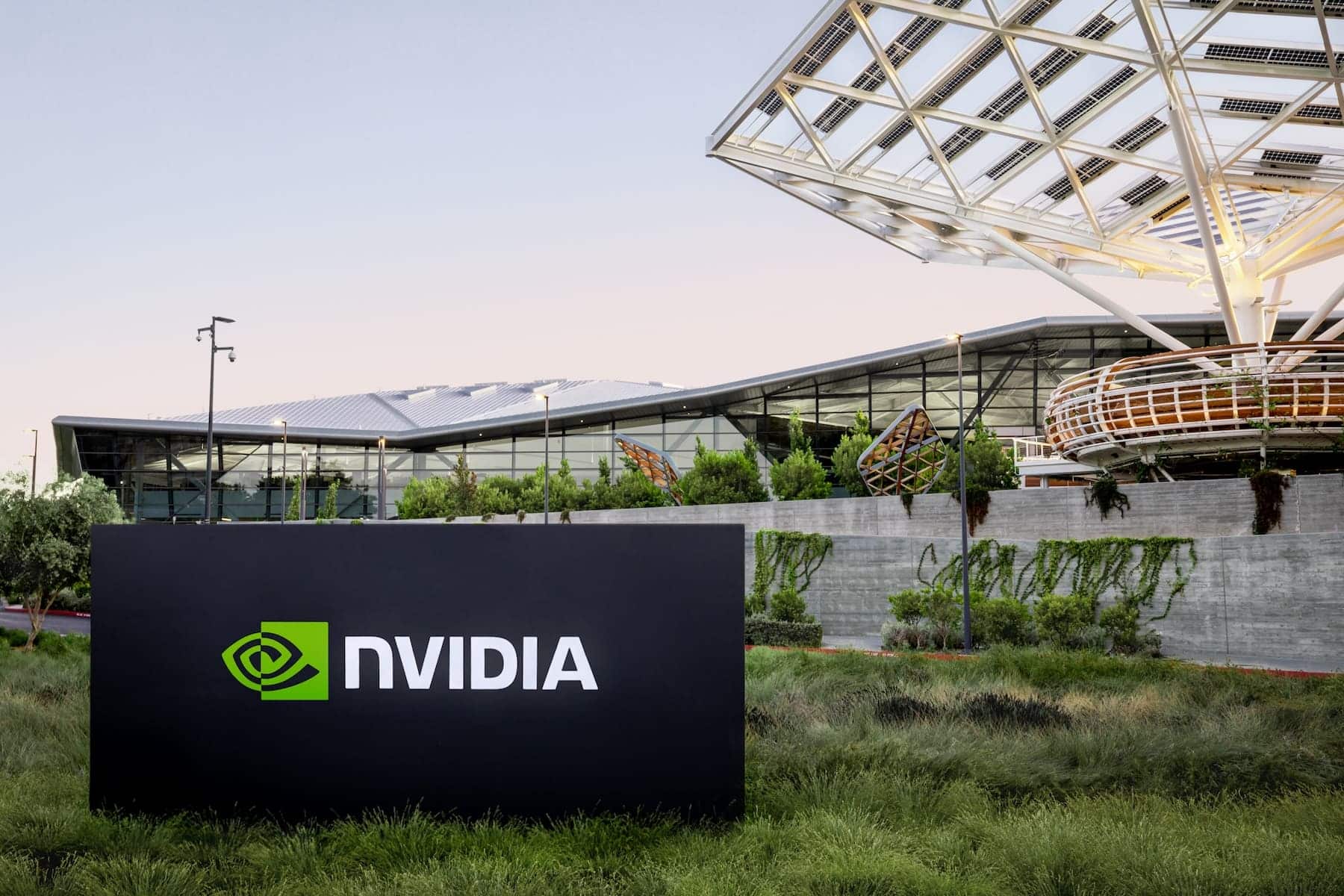With over $44 billion in quarterly revenue, the company led by Jensen Huang solidifies its dominance in AI infrastructure despite regulatory challenges
NVIDIA has reported financial results for the first quarter of its fiscal year 2026, highlighting its position as an absolute leader in the accelerated computing and artificial intelligence solutions market. The California-based company achieved revenues of $44.062 billion, reflecting a 12% increase from the previous quarter and a 69% year-over-year rise.
This milestone, driven by unprecedented global demand for AI infrastructure, comes against a complicated geopolitical backdrop marked by new export restrictions imposed by the U.S. government on H20 series products destined for China. This situation forced NVIDIA to take a $4.5 billion extraordinary charge related to inventory and purchase commitments.
The Data Center Drives Growth
The real engine behind these results has been the Data Center division, which reported revenues of $39.1 billion, up 73% from a year ago. This growth is directly linked to the rise of language models, intelligent agents, and the proliferation of “AI factories” around the world.
Jensen Huang, CEO and founder of NVIDIA, emphasized this point in his remarks:
“The global demand for AI infrastructure is incredibly strong. AI agents are becoming standard, and countries are already viewing AI as critical infrastructure, on par with electricity or the internet.”
During the quarter, NVIDIA announced important agreements to develop AI supercomputers in Saudi Arabia, Taiwan, and the United Arab Emirates, as well as new integrations with tech giants like Google, Oracle, and Microsoft Azure.
Impact of H20 Chip Ban and Adjusted Results
Despite H20 product sales reaching $4.6 billion before the restrictions took effect, $2.5 billion in additional revenue remained blocked. Excluding the charge related to this ban, the company would have achieved an adjusted gross margin of 71.3%, with a non-GAAP net income of $23.635 billion and diluted earnings per share of $0.96.
The company continues to manage robust gross margins and expects to recover levels in the mid-70% range by the end of the year. Additionally, it maintains strong liquidity, with over $53 billion in cash and marketable securities, reinforcing its capacity for investment and shareholder return.
AI Reaches Gaming and the Physical World
In the Gaming segment, NVIDIA also recorded historic figures: $3.8 billion, a 48% increase from the previous quarter. Notable product launches include the new GeForce RTX 5070 and 5060 graphics cards featuring Blackwell architecture, support for DLSS 4 in over 125 games, and confirmation that the Nintendo Switch 2 will be powered by an NVIDIA chip with integrated artificial intelligence.
Simultaneously, the company has continued to expand its vision of physical AI, with advancements in humanoid robotics (Isaac GR00T), industrial visualization through Omniverse, and the introduction of the unified automotive safety system NVIDIA Halos. Key partnerships with General Motors and global manufacturers aim to transform vehicles, factories, and autonomous systems.
Outlook for the Next Quarter
For the second fiscal quarter, NVIDIA forecasts revenues of $45 billion, despite expecting an $8 billion drop in H20 sales due to export limitations. The company anticipates maintaining gross margins around 72% and increasing its operating expenses by about 35% year-over-year, focusing its efforts on research, new products, and supporting its growing partner network.
Conclusion
NVIDIA’s results not only reflect a historic moment for the company but also signify the establishment of a new technological paradigm. Through its ecosystem of chips, software, and AI infrastructure, the company is not just selling technology: it is manufacturing the future. Its role has evolved from merely being a GPU provider to becoming a strategic player in the global digital economy, driving advancements from entertainment to scientific research and humanoid robotics.
NVIDIA not only leads the artificial intelligence revolution but is also defining its foundations. With each passing quarter, it reaffirms its ambition to be the most influential company of the 21st century in advanced computing.

